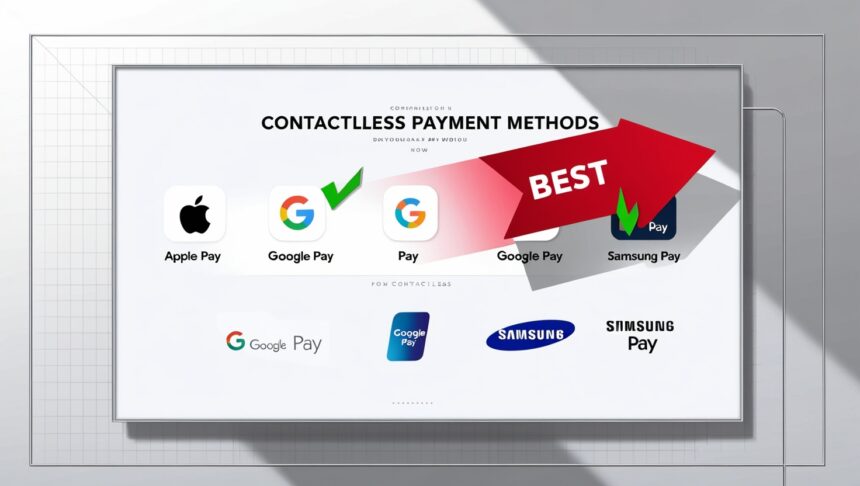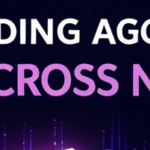This time I want to show you the Best Contactless Payment Methods and mobile payment methods steer fast, secure and simple ways to pay for products or services.
The development of contactless payments, mobile wallets, tap-to-pay cards, and QR code payments have become integral in contemporary transactions.
These payment methods through smartphones, smartwatches, and cards minimize the need for physical contact to devices while expediting the process, which enhances security and is ideal while traveling or during the day.
Key Point & Best Contactless Payment Methods
| Payment Method | Key Point |
|---|---|
| Apple Pay | Secure, seamless payments via iPhone/Apple Watch using Face ID or Touch ID. |
| Google Pay | Android-friendly app offering fast NFC payments and wide bank integration. |
| Samsung Pay | Supports both NFC and MST for broader terminal compatibility. |
| PayPal Contactless | Enables QR code-based payments with strong buyer protection. |
| Visa Contactless Cards | Globally accepted physical cards with fast tap-to-pay functionality. |
| Mastercard Contactless | Widely used for quick and secure contactless card transactions. |
| Venmo | Social payment app with QR code features for easy peer and retail payments. |
| Cash App Pay | QR code payments with banking and investing built into one app. |
| Alipay | Comprehensive Chinese app supporting QR/NFC payments and lifestyle services. |
| WeChat Pay | Combines messaging and contactless payments within the WeChat app ecosystem. |
1. Apple Pay
Enable contactless payments via iPhones, iPads, Apple Pay Watches, and Mac computers, Apple Pay is a popular mobile payment service. Users can securely pay with a tap on their devices through supported terminals using Near Field Communication (NFC) Technology.
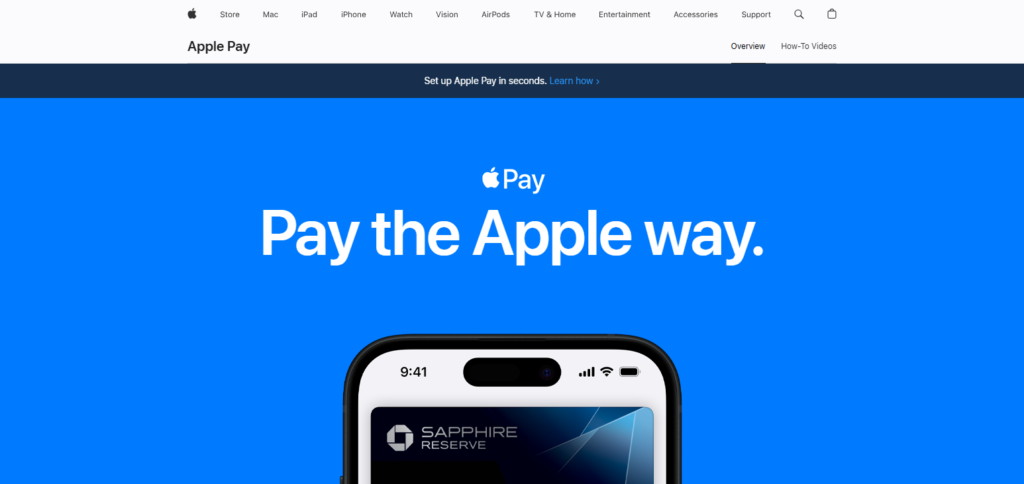
Apple’s payment service supports in-person and online transactions, both of which can be verified through Face ID or Touch ID, ensuring added security. Apple Pay does not keep card numbers on devices or servers, offering unparalleled safety.
Millions of retail stores, apps, and websites globally accept their payment. Furthermore, users with Apple Pay can transfer and receive funds through Apple Cash. Owning Apple features, Apple Pay becomes the best choice for users within the Apple ecosystem.
Apple Pay Pros & Cons
Pros:
- Excellent security with Face ID/Touch ID
- Usable across Apple devices
- Accepted all over the world
Cons:
- Works only on Apple devices
- Not accepted in some countries
- Might be unsupported by some banks
2. Google Pay
Designed for Android devices, Google Pay is a versatile and secure contactless payment method developed by Google. It enables users to make payments in-store, online, or within apps using compatible phones or smartwatches equipped with NFC.
This application securely stores credit and debit cards, as well as loyalty cards. For added security, Google Pay employs tokenization, which replaces actual card details with an encrypted code during transactions.
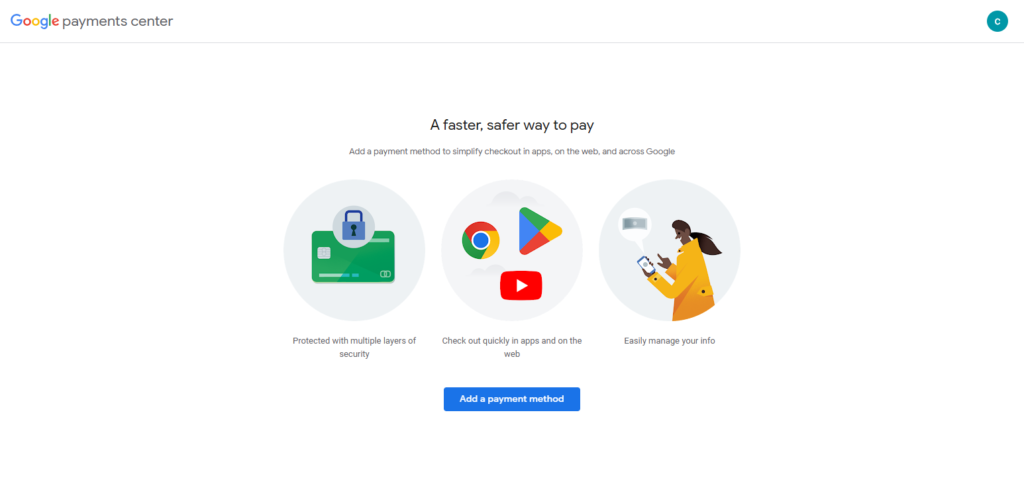
Moreover, it facilitates person-to-person payments and integrates seamlessly with major banks and financial institutions around the world. Its friendly user interface and high acceptance among retail merchants make it preferable among Android users.
Furthermore, it supports some transit systems in other cities, which is helpful for commuters. It is an efficient contactless payment solution, fast, easy, and reliable.
Google Pay Pros & Cons
Pros:
- Usable on almost all android phones
- Contains many banking applications
- Simple user interface with many vendors supporting it
Cons:
- Does not work well on iOS
- Availability differs with region
- Other vendors are favored by other merchants
3. Samsung Pay
Samsung Pay is an efficient mobile payment solution made specially for Samsung’s arsenal of gadgets. The service accepts NFC and MST (Magnetic Secure Transmission), making it compatible with both new and old magnetic strip payment systems.
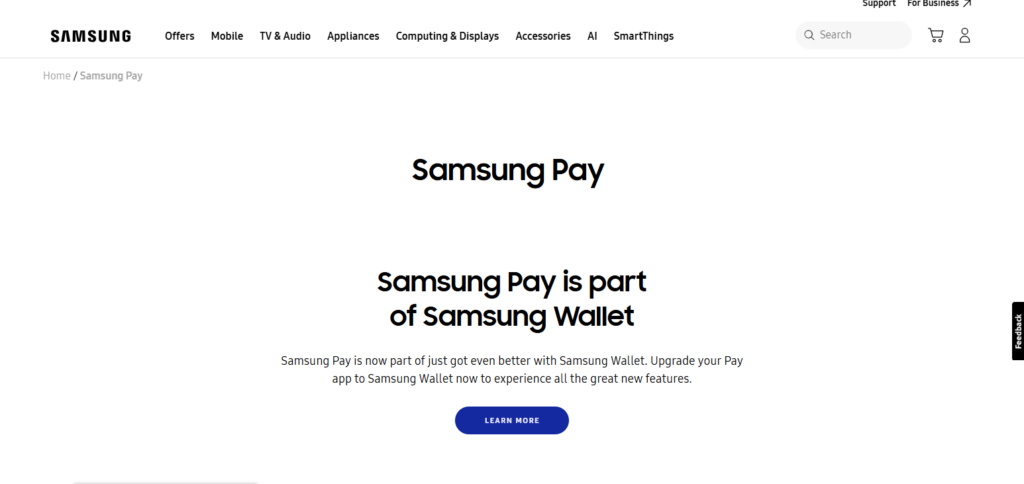
Users can add their bank cards and make payments using their Samsung phone or smartwatch. Each transaction is secured by biometric authentication and tokenization. Samsung Pay also has a rewards program that lets users earn points with their purchases.
The program’s support for many terminals and security features make it a top rated contactless payment solution for Samsung users. The app is user friendly and works with many loyalty programs and financial institutions.
Samsung Pay Pros & Cons
Pros:
- Works with NFC and MST terminals
- Highly compatible with other Samsung devices
- Provides spending rewards
Cons:
- Applicable for Samsung Phones only
- Changed to new phones removing MST support
- Lesser global reach compared to apple/google pay
4. PayPal Contactless
Payments through QR codes or NFC in some regions are fast and secure with PayPal Contactless. It is beneficial for customers that prefer to manage payments through a popular platform.
Users can link their debit or credit cards as well as bank accounts to their PayPal wallets and pay by either scanning a QR code or tapping their devices. It also supports payments made at physical establishments and is available widely online.
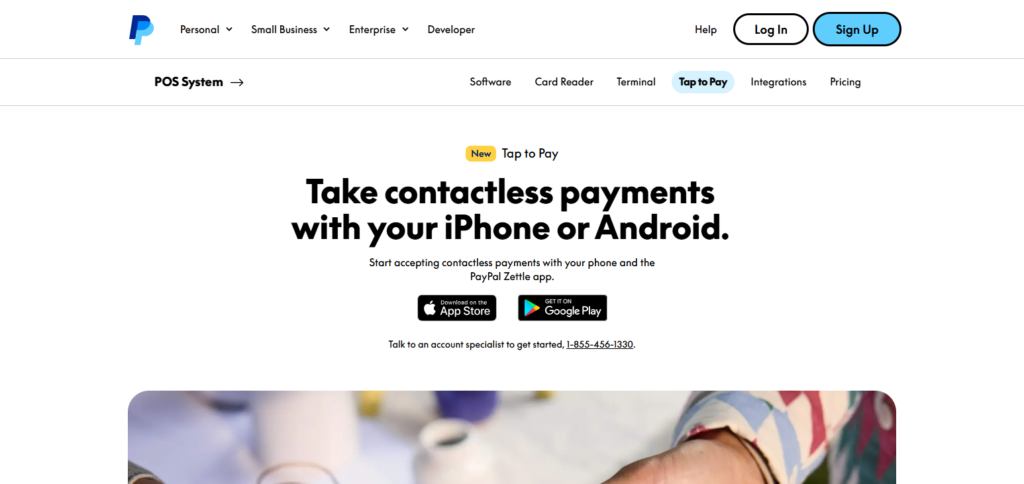
Users can utilize PayPal without worry because of its already strong buyer protection and fraud prevention policies.
Due to PayPal’s low entry barrier, many small businesses and peer-to-peer vendors use PayPal QR payments. It is easy to use contactless payment features and ideal for those who are already acquainted with Paypal.
PayPal Contactless Pros & Cons
Pros:
- Commended brand all over the world
- QR code payment enabled
- Add many bank cards easily
Cons:
- Less quick than NFC options
- Few retail shops prefer offline methods
- Charges can be added
5. Visa Contactless Cards
Visa Contactless Cards have tap-to-pay capabilities due to the NFC chips embedded in them. With these cards, users can complete payments by simply tapping their card on a contactless-enabled terminal, no swiping or inserting needed.

Most transactions under a specific amount do not require a signature or PIN, thus speeding up the checkout process. Visa provides assurance of safety for transactions through tokenization and encryption, among other layers of protection.
Many banks around the globe issue the cards which are accepted in millions of locations. Contactless technology by Visa is one of the most commonly used worldwide, notably in retail and on public transportation.
They are ideal for those who still want the physical nature of a card yet wish to make contactless payments.
Visa Contactless Cards Pros & Cons
Pros:
- Works everywhere without limitations
- No smartphone use required
- Secure and extremely quick tap-to-pay
Cons:
- May misplace/use physical card fraudulently
- Restrained transaction ability in low amount without a PIN
- Lack of app-based tracking and alert feature
6. Mastercard Contactless Cards
These cards allow Mastercard users to make payments by simply tapping their card close to a contactless-enabled terminal, making payments fast and safe.
Similar to Visa, these cards use tap to pay NFC technology that allows contactless payments to be made without inserting or swiping the card. They are accepted across many retail stores, restaurants, and transportation systems around the world.
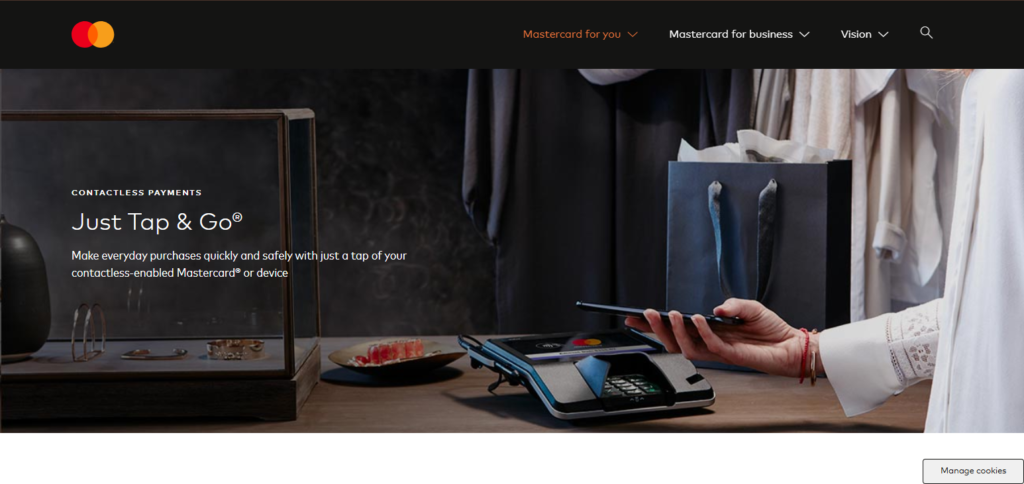
The cards are equipped with secure chips and are protected by Mastercard’s fraud detection systems. Transactions below a certain limit often do not need a PIN or signature, further increasing speed and convenience.
Mastercard has many banks and fintech partners, which helps them reach a wider audience. For those who don’t want to use their mobile device and would rather carry a card, contactless Mastercard Cards provide a convenient solution that is easy to use anywhere, and is secure.
Mastercard Contactless Cards Pros & Cons
Pros:
- Broad acceptance globally
- Usage ensures safety and is simple
- Does not require internet for use
Cons:
- If lost, can be misused
- No live access to transaction history
- Tap restrictions vary by country
7. Venmo
With Venmo, a mobile payment service that PayPal owns, users can now contactlessly pay with QR codes. Pertaining merchants have an option to pay their friends, shop, and even split bills with a QR code.
A user’s bank can instantly transfer funds, and Venmo is also linked to bank accounts or cards. Contactless payments through NFC are also enabled via the physical Venmo debit card that the company provides.
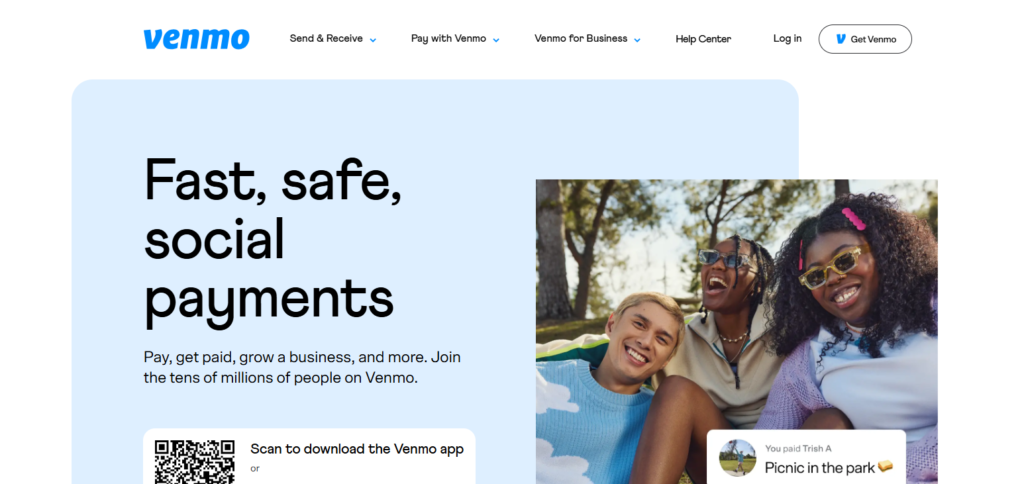
While popular with the younger crowd, Venmo is also practical because users can include notes and emojis while making payments.
Though Venmo is useful for installing payments and peer-to-peer funds transfers, QR and NFC capabilities are increasing its in-store usage. The service can be used on the Android and IOs systems.
Venmo Pros & Cons
Pros:
- Excellent for transfers between peers
- Social aspects add to the fun of using it
- QR codes facilitate payments in stores
Cons:
- Limited acceptances from merchants
- Only accessible in U.S.
- Using the social feed raises privacy issues
8. Cash App Pay
Cash App Pay is integrated with Cash App and lets users make contactless payments via QR codes at specific retail locations. Cash App Pay, which Block, Inc. (formerly Square) developed, is convenient for users who already use Cash App for peer-to-peer payments and investments because there’s no additional effort needed to manage Cash App payments.
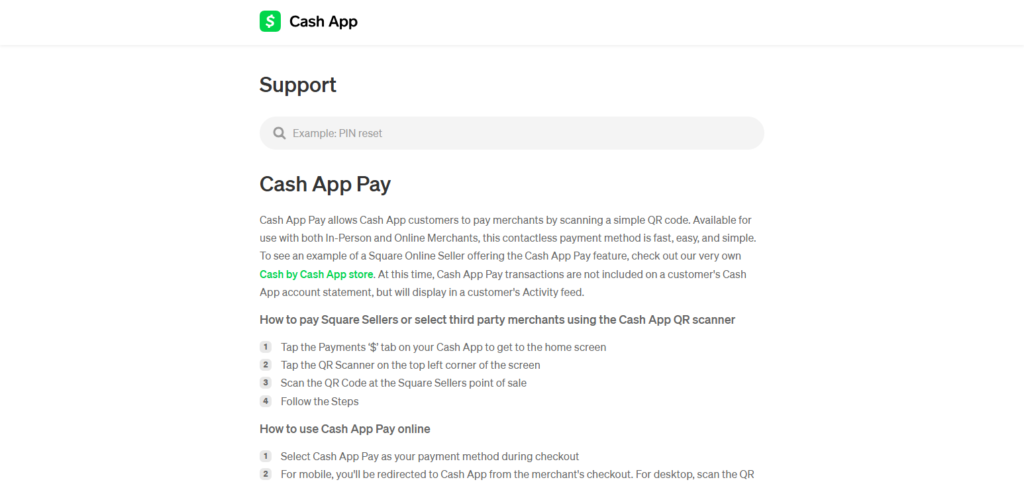
Users can now simply scan merchant QR codes and make payments without needing cash or cards. It allows the linking of debit cards and bank accounts and even permits receipt of payments.
Although still growing in scope for in-store use, it has a user-friendly format, quick payment systems, and instant updates. Users who rely on Cash App as their primary personal finance tool will find enhanced convenience to their shopping.
Cash App Pay Pros & Cons
Pros:
- Quick and easy access payments with QR code
- Integrated alongside banking and investments
- Does not need a physical card to function
Cons:
- Restricted network of merchants
- Available in a few other countries
- Lacks behind in security features compared to others
9. Alipay
Mobile payment platforms users across the globe have access to mobile payment platforms with Alipay being one of the superpowers in regards to payment systems.
Alipay facilitates contactless payments through QR scanning and NFC, primarily in China but increasingly globally. Consumers can connect their bank accounts or cards and make payments by either scanning the merchants’ QR codes or vice versa.
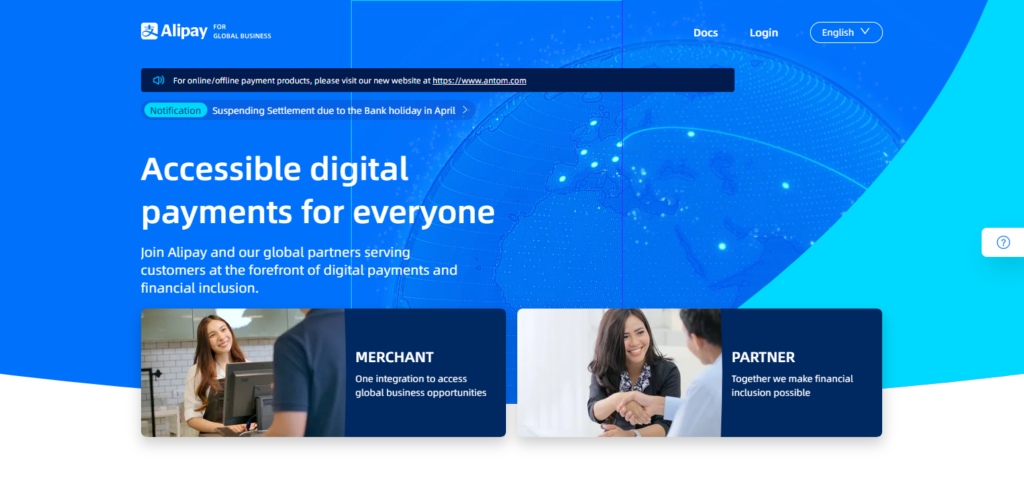
Alipay also provides utility bill payment, ride hailng, and e-commerce services. Its security features include breaching monitoring, facial recognition, and passive controls.
Highly used by tourists and residents in Asia, it’s also used in most foreign places that cater to Chinese tourists. Alipay is appropriate for users seeking an integrated and effortless alternative to payment and lifestyle applications.
Alipay Pros & Cons
Pros:
- Highly renowned in China
- Provides full ecosystem of lifestyle and finance
- Great protection from hacking using face or voice ID
Cons:
- Hard setting up for users who are non-Chinese
- Little usage elsewhere in Asia
- Needs verification using real name
10. WeChat Pay
WeChat employs contactless payments via QR code scanning or NFC as one of the features integrated in the application. Alongside other social media platforms, WeChat is very famous in China.
Users of the application can execute various actions including paying in shops or online, transferring money, and even booking rides all from just the app. Their bank accounts or cards can directly be linked to the application and payments can be made through biometric security alongside verifications via passwords.
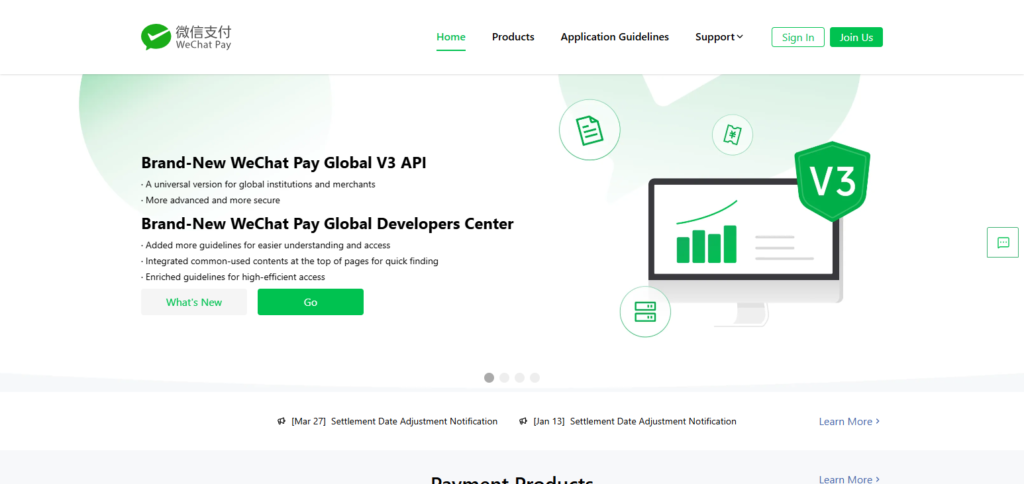
WeChat Pay is widely accepted throughout China and is beginning to be accepted internationally, especially in shops intended for Chinese tourists. WeChat users benefit a lot while traveling in China and living in China.
They Chat offers a distinctiveness in the form of a single messaging service provider, social media platform and payment system and thus makes it easier for users to perform transactions from their mobile devices.
WeChat Pay Pros & Cons
Pros:
- Incorporated with social media and messaging.
- Supports quick QR and NFC payment methods.
- Large user population in China.
Cons:
- Restricted support outside of China.
- Difficult configuration for foreign users.
- Dependence on WeChat application ecosystem.
Conclusion
The selection of the most suitable contactless payment method is influenced by the device you use, your current geographic position, and your personal life patterns.
For instance, Apple Pay and Google Pay offer flawless integration on mobile devices, while Visa and Mastercard Contactless Cards offer greater convenience for those who do not own smartphones.
For person-to-person payments, as well as payments made via QR code, Venmo, Cash App Pay, Alipay, and WeChat Pay take the lead. In conclusion, each platform has its own strength, whether it be convenience, security, or usability.



